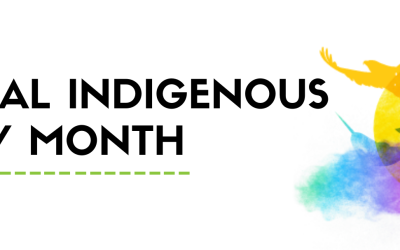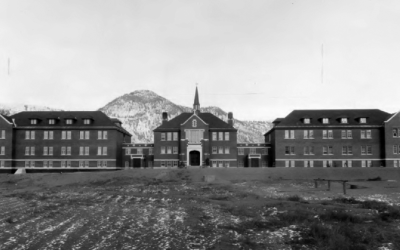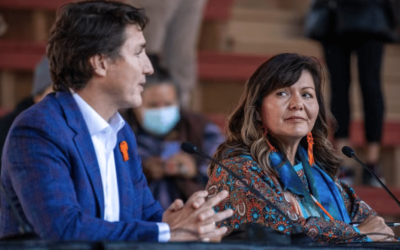
Executive Summary
- Aboriginals make up 12% of Manitoba’s population and 20% of Manitoba’s school children and these percentages are increasing.
- Aboriginal people are faced with significant challenges in terms of labour-force participation, housing, health and education.
- Only 33.7% of aboriginal youth aged 15-29 have completed high school, compared with 62.7% of the general population.
- The Aboriginal Education Directorate (AED) is responsible for aboriginal school programming and has released an action plan detailing the government’s initiatives in this area.
- Most of the AED’s initiatives focus on increasing aboriginal content in the curriculum, improving heritage language studies, creating employment equity programs for aboriginals and re-structuring the workplace and post-secondary institutions to make them more accessible to aboriginals.
- While the goals of the AED are noble, its action plan contains significant oversights.
- No mention is made of ensuring that core subjects are taught rigorously and effectively. Standards tests would make it possible to evaluate progress in this area.
- It is not clear that an increased focus on aboriginal content will improve the high-school graduation rate. On-reserve aboriginals are significantly less likely to complete high school than off-reserve aboriginals—despite the fact that reserve schools almost certainly have more aboriginal content and programming.
- Heritage languages such as Cree and Ojibway are the mother tongues of a small minority of aboriginals, less than 2% of Manitoba’s population. They are not languages that are used in post-secondary institutions or the workplace.
- Parents of all students should be able to choose the education their children receive. Not all aboriginals (particularly those who live in predominantly non-aboriginal areas) are interested in aboriginal-specific programming.
- Employment equity programs are short-sighted because they give the impression that aboriginals are not qualified for the positions for which they are hired. We should focus instead on ensuring that aboriginals are just as qualified as everyone else.


